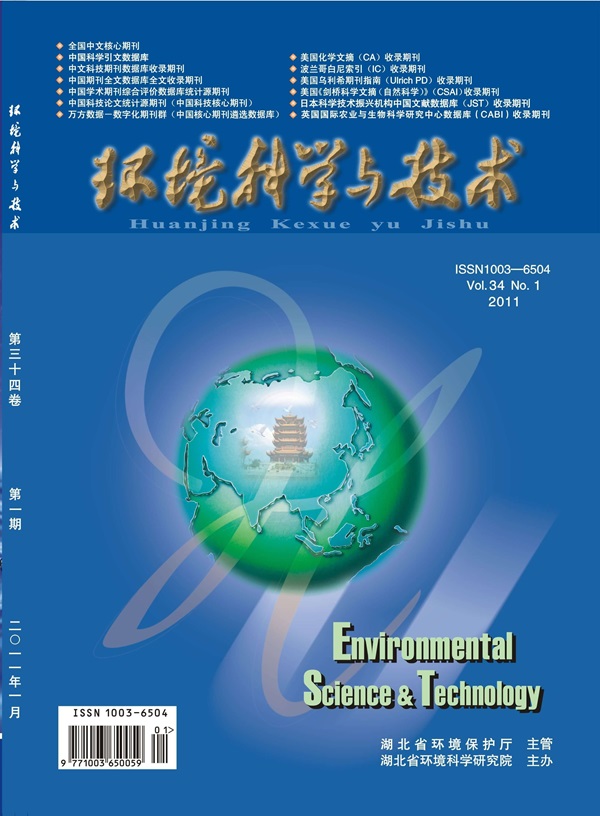Synergistic Enhancement of Hydrolysis–Oxidation Drives Efficient Catalytic Elimination of Chlorinated Aromatics over VOx/TiO2 Catalysts at Low Temperature
IF 10.8
1区 环境科学与生态学
Q1 ENGINEERING, ENVIRONMENTAL
引用次数: 0
Abstract
The efficient catalytic elimination of toxic chlorinated aromatics (i.e., dioxins, chlorobenzenes, etc.) at low temperature is still a great challenge. Based on the VOx/TiO2 catalyst, a hydrolysis-oxidation strategy (CeOx and WOx doping) was built for desirable low-temperature catalytic activity, product selectivity, H2O tolerance, and chlorine desorption. The in situ and ex situ experimental characterizations and density functional theory calculations revealed that hydrolysis sites favored molecular adsorption, C–Cl cleavage, and HCl formation; meanwhile, oxidation sites enhanced the activation of reactive oxygen species and improved oxygen mobility and redox properties. The enhanced oxygen storage/release capacity (33–53 fold) and extended redox cycle (e.g., from V5+↔V4+ to V5+↔V4+↔V3+) favored the deep oxidation. The introduction of H2O triggered the hydrolysis–oxidation process that promoted the catalytic activity and chlorine desorption due to the elevated generation of ·O2– and higher-activity ·OH. Furthermore, the water resistance of the VOx/TiO2-based catalyst was enhanced after the application of the hydrolysis–oxidation strategy. The V–Ce–W/Ti catalyst exhibited remarkable removal efficiency of dioxins (96.7–98.2%), which was reduced from 0.34–0.48 ng I-TEQ Nm–3 to 0.006–0.016 ng I-TEQ Nm–3 during pilot tests at 160–180 °C, achieving ultralow emissions. This work provides practical guidance for industry development for efficiently eliminating chlorinated organics in flue gas.

求助全文
约1分钟内获得全文
求助全文
来源期刊

环境科学与技术
环境科学-工程:环境
CiteScore
17.50
自引率
9.60%
发文量
12359
审稿时长
2.8 months
期刊介绍:
Environmental Science & Technology (ES&T) is a co-sponsored academic and technical magazine by the Hubei Provincial Environmental Protection Bureau and the Hubei Provincial Academy of Environmental Sciences.
Environmental Science & Technology (ES&T) holds the status of Chinese core journals, scientific papers source journals of China, Chinese Science Citation Database source journals, and Chinese Academic Journal Comprehensive Evaluation Database source journals. This publication focuses on the academic field of environmental protection, featuring articles related to environmental protection and technical advancements.
 求助内容:
求助内容: 应助结果提醒方式:
应助结果提醒方式:


